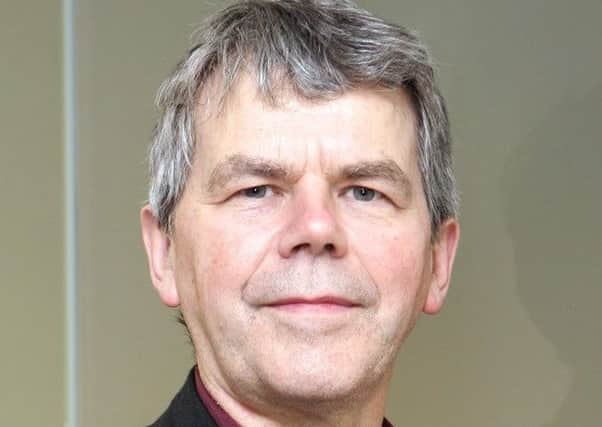Jonathan Wood: Mental health treatment for kids needs to be looked at it in the round


Place2Be is the founding charity behind Children’s Mental Health Week. It offers a “whole school” approach to children’s mental health in primary and secondary schools in Scotland and highlights the connection between the physical and the mental.
“Whole school” means that we consider not only the child facing problems, but also the teacher who may be struggling to reach that child, and the parents at their wits’ end with worry about what to do next. This is the “system” around the child, and the thinking is that if you work to rebalance the system – helping the teacher to rethink their relationship with that child and destressing the parents so that their responses are more measured – then the child will be freed of extra stress and anxiety, and much better placed to see their way out of difficulties, with the helping hand of a counsellor.
Advertisement
Hide AdAdvertisement
Hide AdIn a similar way, we are each of us an individual ecosystem. If we only address one part of that system – for instance, a physical symptom, whilst ignoring any emotional cause – we may not achieve the balance we need.
Thinking about how we treat our bodies and why we treat them the way we do can give us insight into what needs addressing.
An eight-year-old boy was referred to Place2Be. He was extremely overweight, and arrived each day at school with a lunchbox stuffed with sugary snacks and a small sandwich – the only thing which nodded in the direction of actual nutrition.
His mother, a single parent, seemed extremely anxious, worried that her son had no friends and never wanted to do anything except play games on his computer. To deal with what she perceived as his unhappiness, she gave him sweet things to eat.
In fact, on speaking to the boy, his weight was a source of unhappiness to him. He had difficulty joining in physical games with other children, he was awkward socially, and playing games on the computer was an escape from his loneliness.
He didn’t like his body and was not happy with himself more generally. Eating sweets made him feel better, temporarily at least. He could also trade them with other kids for momentary friendship.
Counselling alone would have identified the feelings behind the physical facts, but this situation had gone on for so long now that he was caught in an addictive cycle – sugary things made him feel better but they also made him fat which he felt bad about, so he needed another sugar fix to deal with that. And so on. We can all recognise versions of these cycles in ourselves.
We needed to work with the “system” around the child – counselling and nutritional education for mum, supporting the school in its healthy eating initiatives, and getting the boy involved in do-able physical activities with others, to build his social confidence and provide him with understanding about what his body was actually capable of.
Advertisement
Hide AdAdvertisement
Hide AdThe boy’s problem had its cause in his mother’s history – food was always, for her, comfort first and nutrition second – as well as her anxieties about being alone. Not looking at all elements would have meant that it stayed as his problem and potentially grown to disabling proportions – emotionally, socially and physically.
Jonathan Wood, national manager for Scotland and Wales, Place2Be